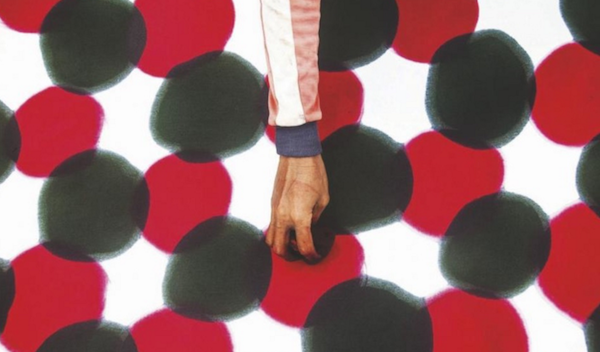
THE WORLD CITY OF BATIK
From issue 76 of Selvedge, The Trade Winds issue, Sophie Vent explores the world city of Batik...

Bright neon lights glow through the tropical rain announcing your arrival: “Pekalongan: World City of Batik”. Located on the north coast of Java, the port city of Pekalongan is a thriving modern hub for the ancient dye-resist technique of batik. Visit any of the batik villages or boutiques in the region and discover a world of Dutch fairytales, Persian peacocks, hot air balloons, Chinese dragons and bouquets of daffodils entwined with orchids, all drawn from the same bubbling pot of hot wax. The local batik style celebrates the city’s rich multicultural heritage and the region has become known for vibrant designs that draw beauty from many cultures. This unique approach to the craft has awarded Pekalongan status as the first Southeast Asian city to join UNESCO’s Creative Cities Network in 2014.

Historically, the coastal town has been exposed to a steady stream of merchants and migrants, experienced invasions and welcomed settlers and lived under the influence of Dutch colonial rule. Each community brought with it a new wave of ornamental patterns, dye techniques and aesthetic tastes that created the fertile ground on which the local style has flourished. From this cultural melting pot a new visual language has formed, drawing together the traditional designs of Javanese batiks with the complex designs developing in the region. Through a vibrant application of colour and unlikely combinations of motifs, the batik workers have developed a pancultural beauty to appeal to the changing fashions of their new arrivals.

Bright medallions of the local Jlamprang motifs mimic the Patola saris brought by merchants from northern Gujarat, which are now favoured by Pekalongan’s Arabic quarter. Other iconic motifs belonging to the region are bouquets of European flora, or buketan, originally designed for the Indo European fashions of the colonial Dutch era. The popularity of these colourful bouquets spread through the Peranakan Chinese communities who added their own flowers; chrysanthemums and symbolic Chinese butterflies. The local batik workers, having only ever seen postcards of European flowers, would often misread the source materials causing patterned borders of irises to morph into orchids, (a more familiar local sight). In Pekalongan no motif is too traditional or exotic to be playfully drawn together and combined with new ideas and colour, all in the name of creating innovative designs for emerging global markets…
To read the rest of this article just pick up a copy of issue 76 or you can order it here.
